Venous Disease Treatments
Treatment for Varicose Veins & Chronic Venous Insufficiency
Venous diseases are a subset of vascular diseases that mainly affect the veins of the legs and pelvic region. These conditions not only have the potential to severely impact a person’s quality of life but might give rise to chronic, possibly life-threatening complications if not checked early on.
Our dedicated physicians offer a range of treatments for those suffering from varicose veins and chronic venous insufficiency. We encourage you to learn more about each below.
The VenaSeal™ treatment offers an innovative, minimally invasive solution for chronic venous insufficiency by sealing affected veins with a medical adhesive. This procedure is considered an
alternative to traditional vein stripping surgery and can provide long-lasting relief for patients suffering from symptoms such as pain, swelling, and varicose veins. This procedure is performed in our state-of- the-art facility and requires no anesthesia, promoting a swift recovery and minimal discomfort.
Radiofrequency ablation is a simple, minimally invasive solution for varicose veins. Using high-frequency radio waves, this treatment effectively closes the problem veins, redirecting blood to healthier pathways back to your heart and improving circulation. The procedure not only eliminates bulging and discomfort, but it is an outpatient operation ensuring you less recovery time and minimal discomfort after
treatment.
Sclerotherapy is another minimally invasive procedure in which your physician will inject a sclerosing solution into the affected veins. This technique is typically used to treat reticular, spider, or varicose veins. Sclerotherapy works by blocking up the affected veins, thereby improving unwanted symptoms. Treatment may take place over the course of multiple therapy sessions spanning several months before completion, depending on the extent or severity of the patient’s condition.
Microphlebectomy refers to a procedure involving the removal of affected varicose veins through a series of small incisions. Carried out under local anesthesia (in which the patient is awake the whole time, with only the area under operation being numbed), microphlebectomy is an effective minimally invasive technique typically performed on an out-patient basis.
Our cosmetic treatments for varicose veins include:
The Cutera Excel® V Laser
This nonsurgical treatment utilizes precise laser technology to effectively target and diminish visible varicose and spider veins with minimal discomfort.
Cosmetic Sclerotherapy
Sclerotherapy injections are a minimally invasive procedure that involves administering a specialized solution directly into the affected veins, causing them to collapse and gradually fade from view.
Both treatments are performed in our comfortable, state-of-the-art facility, ensuring a seamless experience and optimal results.
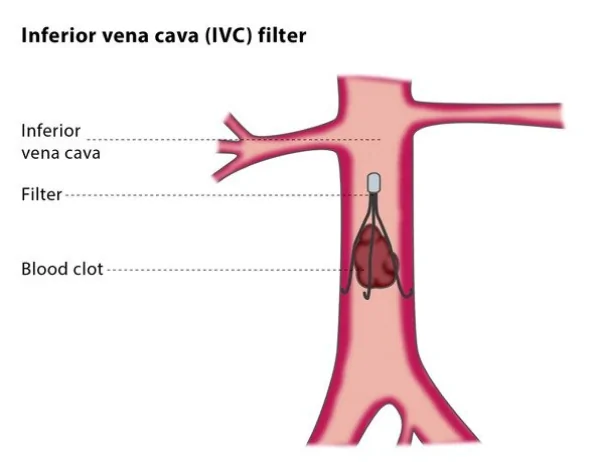
Treatments for Deep Venous Thrombosis (DVT)
Deep vein thrombosis (DVT) is the condition whereby blood clots form in the veins of a person’s pelvis or legs. These clots are capable of breaking apart and traveling up the patient’s bloodstream into their lungs, causing an embolism.
The physicians at Pedes Orange County provide comprehensive treatment for deep vein thrombosis (DVT), employing minimally invasive, cutting-edge techniques to enhance outcomes and cut down on recovery time. Our advanced approach includes targeted therapies aimed at dissolving clots and restoring normal blood flow, significantly reducing the risk of complications.
Thrombectomy is a minimally invasive procedure that involves the removal of a blood clot from a blood vessel, restoring normal blood flow. This technique is particularly beneficial for patients suffering from conditions like deep vein thrombosis or arterial blockages, as it can prevent serious complications such as stroke or tissue damage. By directly targeting and eliminating the clot, thrombectomy significantly reduces symptoms, improves circulation, and enhances overall quality of life.
Thrombolysis is a minimally invasive procedure that involves injecting clot-dissolving medications in the affected areas to break down blood clots obstructing blood vessels. By effectively dissolving clots, thrombolysis reduces the risk of severe complications caused by DVT and can be lifesaving in critical situations. Because this procedure is minimally invasive, it allows our patients to reap the benefits of cutting-edge medical advancements without the need for extensive downtime.
IVC filter placement and removal involves the insertion and removal of a small device in the inferior vena cava (IVC), the body’s largest vein, to prevent blood clots from reaching the lungs. This procedure is particularly beneficial for patients at high risk of pulmonary embolism, especially those who cannot take anticoagulant medications. The IVC filter effectively captures clots traveling from the lower extremities, reducing the risk of life-threatening complications.
Thrombectomy
Thrombolytic Therapy or Thrombolysis
Venous Disease Treatment Near Me in Irvine, CA
If you’re struggling with venous disease, take the first step toward better health by reaching out to our vascular specialists today. Contact the physicians at Pedes Orange County in Irvine, CA, at (949) 387-4724 today to schedule your appointment or contact us online at your convenience. We look forward to helping you achieve better health for years to come.
Contact Us Today
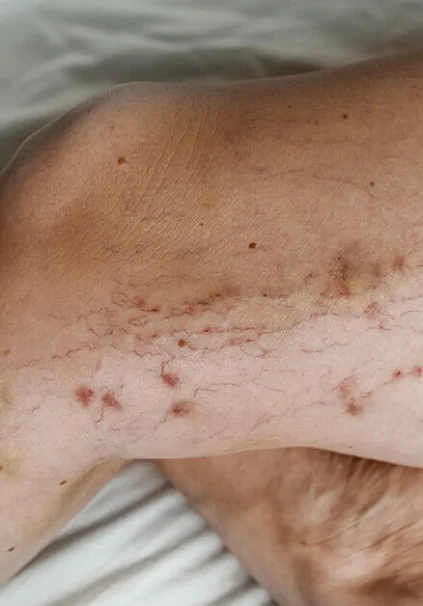
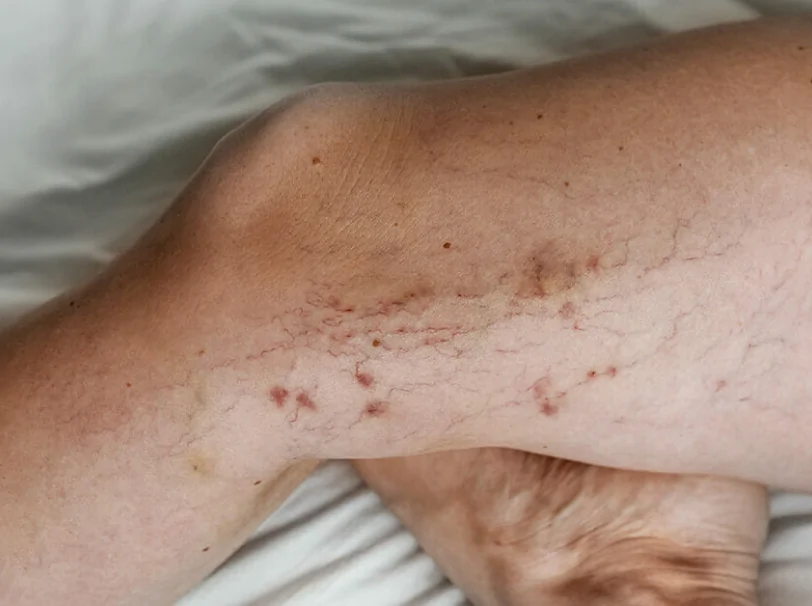
Our Vascular Disease Physicians
The physicians at Pedes Orange County devote their lives to saving limbs and minimizing pain. Our conveniently located, state-of-the-art facility is designed for your comfort and utilizes cutting-edge technology to provide minimally invasive treatments. Our vascular specialists are board-certified and some of the best in Southern California. Personable staff members make every visit a positive experience, with short wait times and an efficient, streamlined process that ensures you leave feeling educated and confident that you are in good hands.

J. Joseph Hewett, M.D.
Vascular Specialist

Neil K. Goldstein, M.D.
Vascular Specialist

Derrick Tran, MD
Vascular Specialist
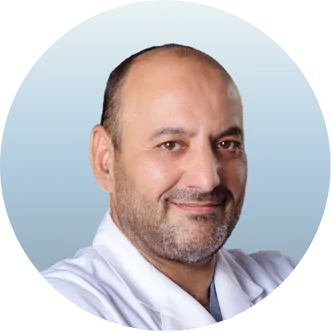
Mohammad Jaber, M.D.
Vascular Specialist
Why Pedes Orange County
The conditions mentioned above can be severely debilitating if left to run rampant, not to mention the potentially chronic or perhaps fatal outcomes possible should they be left to run rampant. At Pedes Orange County, the highly trained and experienced vascular specialists are on hand to give each patient coming through their doors personalized and thoroughly effective management and treatment solutions using the latest medical technology available. Get in touch now and book your consultation.
This measure is most commonly prescribed for patients with a known history of recurrent deep vein thrombosis (DVT) or considered at high risk of developing the condition. Our specialists will prescribe this measure for those patients for whom other measures, such as blood-thinning therapy, thrombectomies, or thrombolysis, might not be considered suitable for one medical reason or another.
In this procedure, they will employ state-of-the-art filters that are retrievable so that the patient can either leave it in as a permanent implant or have it removed later on when the danger of embolism is considered past.
What to Expect from Your Visit to Pedes
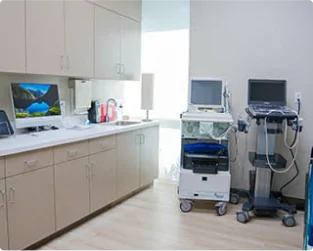
Ultrasound
Advanced ultrasound-guided examination techniques will be used to visualize the veins, arteries, or both, in your legs. This is often used in the diagnostic process to detect the presence and extent of disease.
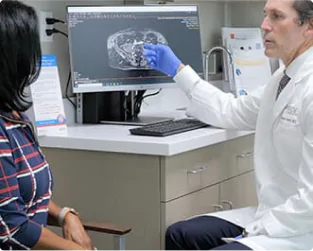
Consult
Once we review the results of your diagnostic tests, our physicians will collaborate with you to develop a personalized treatment plan, ensuring the best course of treatment for your specific condition.
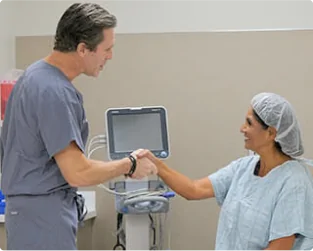
Treatment
Your treatment plan will be personalized to you and your individual needs. At Pedes, we specialize in minimally invasive procedures and nonsurgical treatments, all of which are performed by our dedicated vascular physicians within the comfort of our state-of-the-art facility.

Follow up
We ensure our patients receive continuous care and support with regular follow-up visits. Each follow-up visit is scheduled at the time of your in-office appointment. Should you have a concern between
appointments, we encourage you to call our office and get scheduled at any time.
Vascular Disease
Pre-register for your visit to Pedes Orange County by downloading our patient forms.



